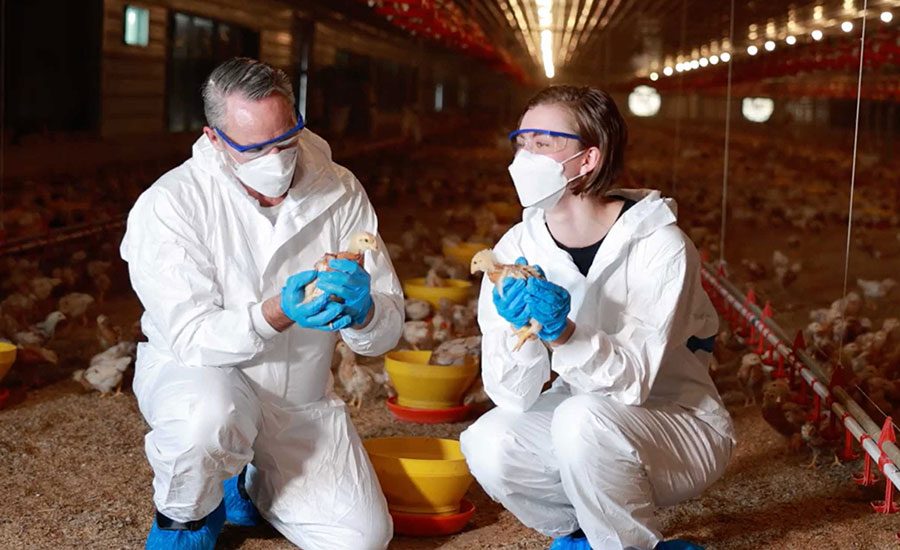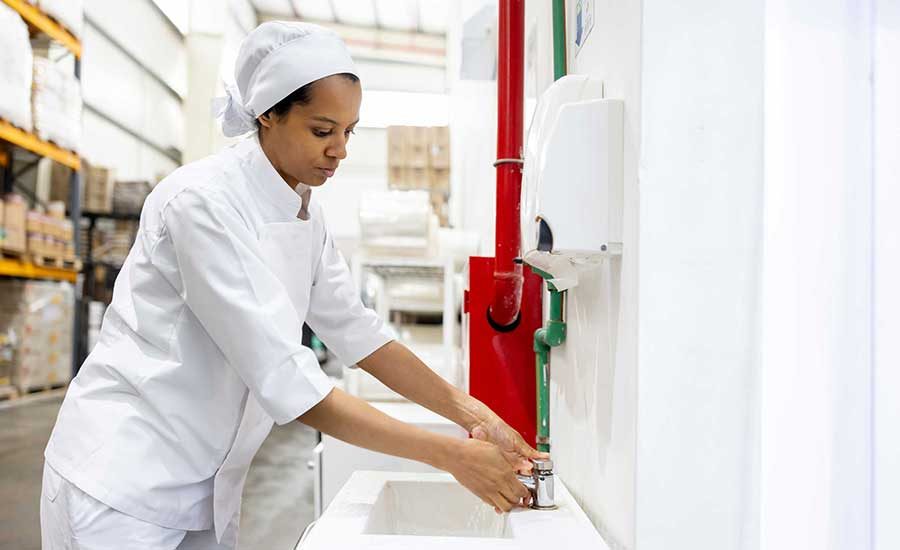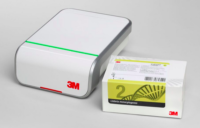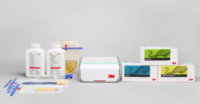This week, 3M announced that Health Canada--the agency that is responsible for the country’s national public health--has approved and published the next-generation 3M Molecular Detection System assay for Listeria detection.
Based on isothermal DNA amplification and bioluminescence detection – the same combination of advanced technologies used in all 3M Molecular Detection Assays – these assays use new chemistry to deliver accurate results with shorter enrichment times and improved productivity. The assay has now been included on the guide of official methods approved and used by Health Canada's Health Products and Food Branch to determine compliance with government standards and guidelines. The assay can be found in the Compendium using the method number MFLP-101 – Listeria spp. for Environmental Samples.
This assay is the first to be approved for the next-generation 3M Molecular Detection System, following the approval of four assays for the first-generation System:
- MFLP-05 – Listeria spp. for Environmental Samples
- MFLP-06 – Salmonella for All Foods
- MFLP-72 – L. monocytogenes for Selected Foods
- MFLP-73 – E.coli O157 (including H7) for Selected Foods
The transition between the two will be seamless for current users – both first and second-generation assays can be run simultaneously using the same 3M Molecular Detection Instrument.
"We're so excited for the launch of our new and improved Molecular Detection System, which we can now bring to market in Canada with the approval of this assay," said Christian Blyth, pathogen detection specialist, 3M Canada. "We're so excited to improve on the original System while once again delivering one protocol for all pathogens, simplifying the process and improving productivity."
Applicable to environmental samples and a broad range of food types (dairy products, ready-to-eat and raw meats, fish and seafood, fruits and vegetable) and using standard enrichment medium, the next generation assays for Listeria and Listeria monocytogenes provide a faster time-to-result after as little as 24 hours of enrichment. These assays use a streamlined workflow that is 30 percent faster than first-generation assays, enabled by new lysis chemistry that utilizes proprietary 3M nanotechnology and features a unique color-change indicator for today's busy pathogen testing laboratories looking to enhance productivity, without compromising accuracy.
To use the new assays on their existing instrument, customers simply need to download and install a free software upgrade available at www.3m.com/foodsafety.





